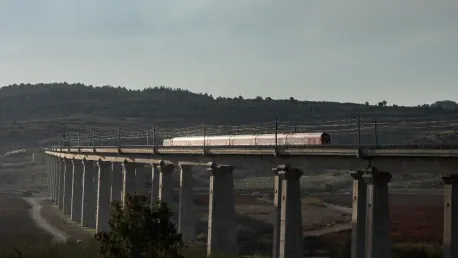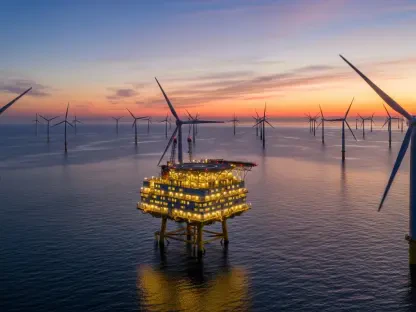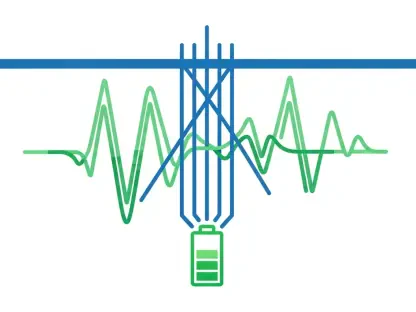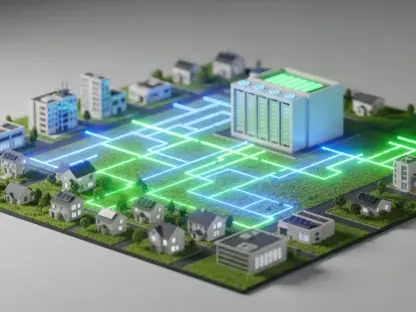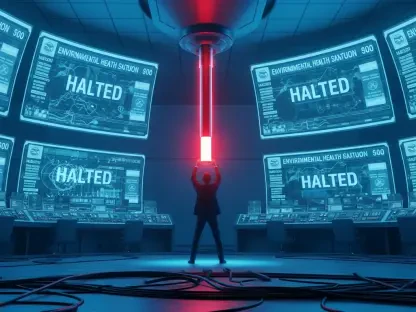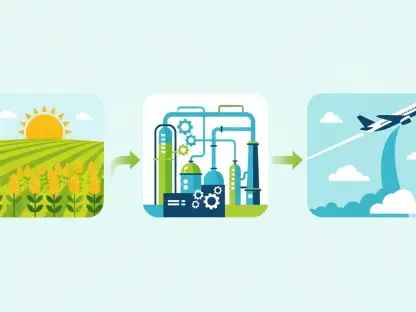As global energy demands continue to rise, innovative solutions for sustainable power generation are becoming increasingly crucial. One such effort is being made by SNCF, the French national railway company, which has initiated an ambitious project to integrate photovoltaic (PV) solar panels directly on railway tracks. The project, led by AREP, an SNCF subsidiary, aims to revolutionize how railway infrastructure can be utilized to harness solar energy, supporting the railway company’s extensive electricity needs.
Exploring the Solveig Project
First Steps and Technological Implementation
The journey began in Achères with the implementation of the Solveig project, where engineers installed eight initial solar panels on a section of a non-operational railway line. This pilot aimed to assess the performance and reliability of the system over a six-month period. By employing telescopic arms, the panels were securely positioned to maximize sun exposure while preventing potential damage caused by strong winds. Engineers focused on ensuring that the panels could withstand adverse weather while maintaining optimal energy generation capacity.
These efforts align with SNCF’s broader goal of achieving 1,000 MWp of photovoltaic capacity by 2030. The successful deployment of the pilot series intends to support the electrification needs of the railway network, where the majority of trains are powered by electricity. Over the six months, data gathered on the panels’ energy output and resilience provided insights needed for optimizing future iterations. As schools of thought on sustainability continue to evolve, integrating energy solutions within existing infrastructure will likely be a recurrent theme.
Scalability and Long-term Vision
Enhancing the scalability and adaptability of this solar power solution has been another important aspect of the Solveig project. The team designed the system with the flexibility to be relocated using ISO containers, allowing easy deployment across various locations. This reversibility not only facilitates installation in different regions but also means the system can be efficiently scaled up or down, depending on site-specific needs. Such modularity ensures that the solution remains versatile and adaptable as the scope of railway solar projects expands.
AREP has been actively working on further optimization techniques to improve the system’s efficiency while aiming to reduce costs. Although precise timelines for these enhancements have not been disclosed, ongoing research and development are expected to propel advancements in the near future. With innovation at the core, SNCF continues to explore how these efforts can contribute to the broader energy landscape by aligning generated power with market needs. Studies on extending the distribution networks emphasize that excess power could potentially benefit the larger community, indicating a progressive step towards fully integrated renewable solutions.
International Interest and Future Potential
Switzerland’s Pioneering Initiative
The bold move by SNCF has garnered international interest, exemplified by Switzerland’s Federal Office of Transport, which approved a similar initiative in October 2024. This project, undertaken by Swiss startup SunWays, envisions deploying a removable solar power plant on a railway track. Supported by government approval, SunWays’ project sets a precedent for other countries interested in leveraging railway infrastructure for renewable energy production. The emphasis is on making solar energy systems that can be easily installed and removed, catering to dynamic energy production needs.
This exploratory stage showcases the increasing feasibility and attractiveness of integrating solar panels into transportation networks. Switzerland’s approval highlights the potential fuel savings and environmental benefits of such an approach, which resonates with SNCF’s project principles. The international collaboration and shared knowledge between France and Switzerland pave the way for broader adoption of similar projects globally. By considering various climatic and geographical contexts, these projects aim to enhance their universal applicability.
Broader Implications and Global Perspective
As global energy demands continue to soar, the hunt for innovative and sustainable power generation solutions is becoming ever more critical. One notable initiative addressing this need is being spearheaded by SNCF, the French national railway company. In a groundbreaking move, they are embarking on an ambitious project to embed photovoltaic (PV) solar panels directly onto railway tracks. This forward-thinking project, managed by AREP, a subsidiary of SNCF, aims to transform how railway infrastructure can be used to capture solar energy. By capitalizing on the vast network of railway tracks, SNCF hopes to generate substantial amounts of clean energy to meet its extensive electricity requirements. This integration of solar panels onto the railways not only optimizes the use of existing infrastructure but also represents a significant step towards more sustainable energy practices in transportation. The endeavor reflects an increasing trend among industries to adopt renewable energy solutions in response to escalating environmental challenges and energy consumption needs.
